With each passing year, the world changes and evolves. One of the biggest reasons revolves around the evolution of technology. The methods by which people do things today are much different than how things were done decades in the past. Compared to how life looked a mere five years ago, a lot has become completely unrecognizable in society. Technology doesn’t look like it’s slowing down anytime soon, either.
There are a handful of things mankind simply doesn’t know how to do anymore. Some of these tasks and activities were extremely important back in the day, but as of now, they are no longer considered useful or necessary. Depending on how old you currently are, some of these tasks and activities might’ve held value in your life at one point. Although some people are uncomfortable with the prospect of technology’s evolution, others have chosen to embrace the changes with excitement and anticipation.
Folks who’d rather maintain a more outdated way of living are faced with the threat of being left behind and forgotten in society. An example? Opting out of cell phone ownership makes it more difficult for friends, family, and loved ones to stay in touch with you. Another example? Turning your back on advanced medical equipment could prevent you from receiving proper care and treatment in the case of disease development. (Click here to uncover exactly how technology has changed the world since 2010.)
To gather this list of 15 things people don’t know how to do anymore, 24/7 Tempo consulted several educational sources. These include Family Handyman, USA Today, Psychology Today, Heart Support, and Psych Central.
Writing checks

The use of paper checks is becoming rarer by the year. It’s widely believed that paper checks will become completely extinct within the next decade. The biggest reason for the change is that swiping debit cards and credit cards has become the easiest and simplest way to spend money.
Carrying a bulky checkbook and holding up the line at the grocery store is more of an inconvenience than anything else. Plenty of people have learned how to set their payments up in automatic fashions when it comes to handling their bills. Others have learned how to download debit and credit cards to their phones to scan for purchases as a way of eliminating the need for a wallet altogether.
Since spending money is easier using small cards and phones with bank apps, the idea of saving time and space has become a priority. Without taking time to write detailed information on paper checks, many young adults never learned how to fill out paper checks in the first place.
Using pagers
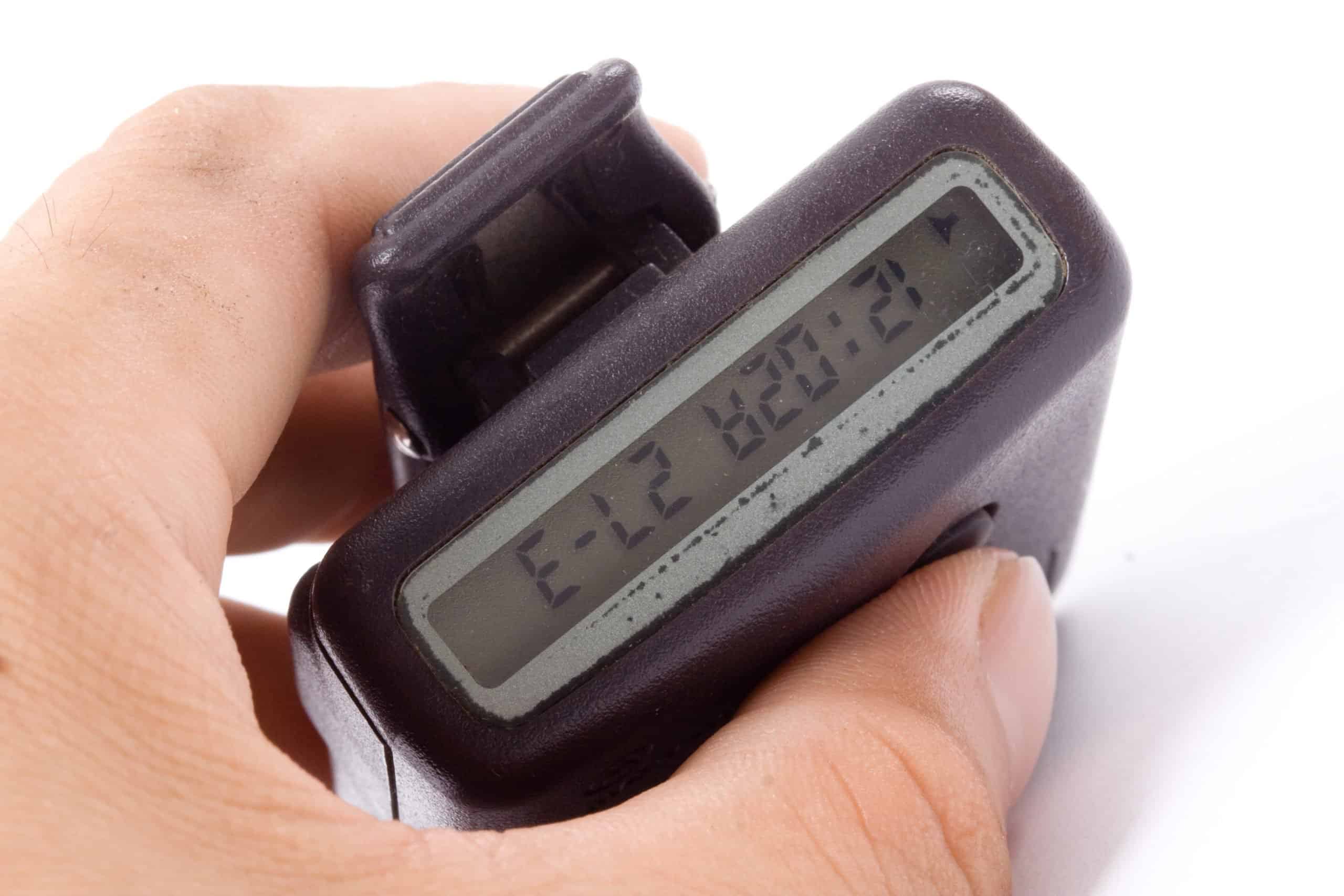
Once upon a time, pagers were a game changer in the world of communication. Since people didn’t have smart phones just yet, they relied on pagers for updates about others trying to get in touch. Pagers were first developed in the 1950s and 1960s. By the time the 1980s and 1990s rolled around, anyone who wanted to own a pager had their hands on one.
Pagers prompted people to find the closest payphone to make calls as soon as they possibly could. There’s no reason for people to learn how to use pagers anymore since texting has become common practice. Picking up your cell phone to make a quick phone call results in an instant connection, which isn’t something pagers could provide.
Mailing a handwritten letter

The act of drafting a handwritten letter is considered an old-fashioned thing to do in this modern era. That’s because it’s much easier for people to shoot emails and text messages over to their friends, family, and loved ones. Writing a handwritten letter isn’t the best use of anyone’s time these days if you’re trying to accomplish speedy communication. That said, it’s still thoughtful if you want someone to read your words in a heartfelt manner.
Knowing how to mail a handwritten letter is something many young people are completely confused by. Figuring out how to fill out an envelope or postcard by placing the return and delivery addresses in the right spots isn’t some thing youngsters know much about. Calculating postage stamps is another factor that leaves them feeling a bit out of the loop.
Reading paper maps

People didn’t have access to GPS technology until 2000. Before that, just about everyone was making use of paper maps to get from point A to point B. Without paper maps printed in your hands for a road trip, there was no way people were able to figure out where they were going.
Physical paper maps would be rolled or folded up when it was time to store them away. To some degree, they would take up space inside vehicles. There was also the threat of accidentally spilling water, coffee, or other liquids on paper maps. Accidental spills could skew the visibility of certain directions.
As of now, travelers can download apps like Waze or Google maps to get clear directions without any confusion. GPS apps don’t take up physical space in a vehicle — but they do take up storage space in a smart phone. Since GPS technology is here to stay, it’s unlikely younger generations will ever take time to learn about reading paper maps.
Using phonebooks

Phonebooks used to be a big deal before the popularization of smart phones. If there was someone you wanted to get in touch with back in the day, you had to search through a phone book to find their phone number. Phonebooks listed people and businesses in alphabetical order to simplify the search process. Still, they were confusing to deal with.
To make matters worse, if you changed your phone number back then, there was a chance people trying to find you wouldn’t have access to your updated contact information. The pages of phonebooks were cheaply made, which means they were extra thin. You had to be careful when flipping through the pages to make sure they didn’t tear. Now, people simply exchange phone numbers to save them in smart phones.
Reading analog clocks

http://i1306.photobucket.com/albums/s573/gldburger/isolated_banner_clocks_zpsb5d0fa5a.jpg
It shouldn’t come as a surprise that young people no longer know how to read analog clocks. Analog clocks are considered an outdated piece of technology since modern clocks reveal the exact time in the form of three numbers and a colon. Knowing how to read an analog clock means knowing the difference between the minute hand and the hour hand.
The minute hand is longer, while the hour hand is shorter. Analog clocks also include a second hand, which moves with the seconds of the day as they quickly pass. People from older generations easily understand analog clocks, but these devices are confusing and frustrating for plenty of younger children to grasp.
Using fax machines
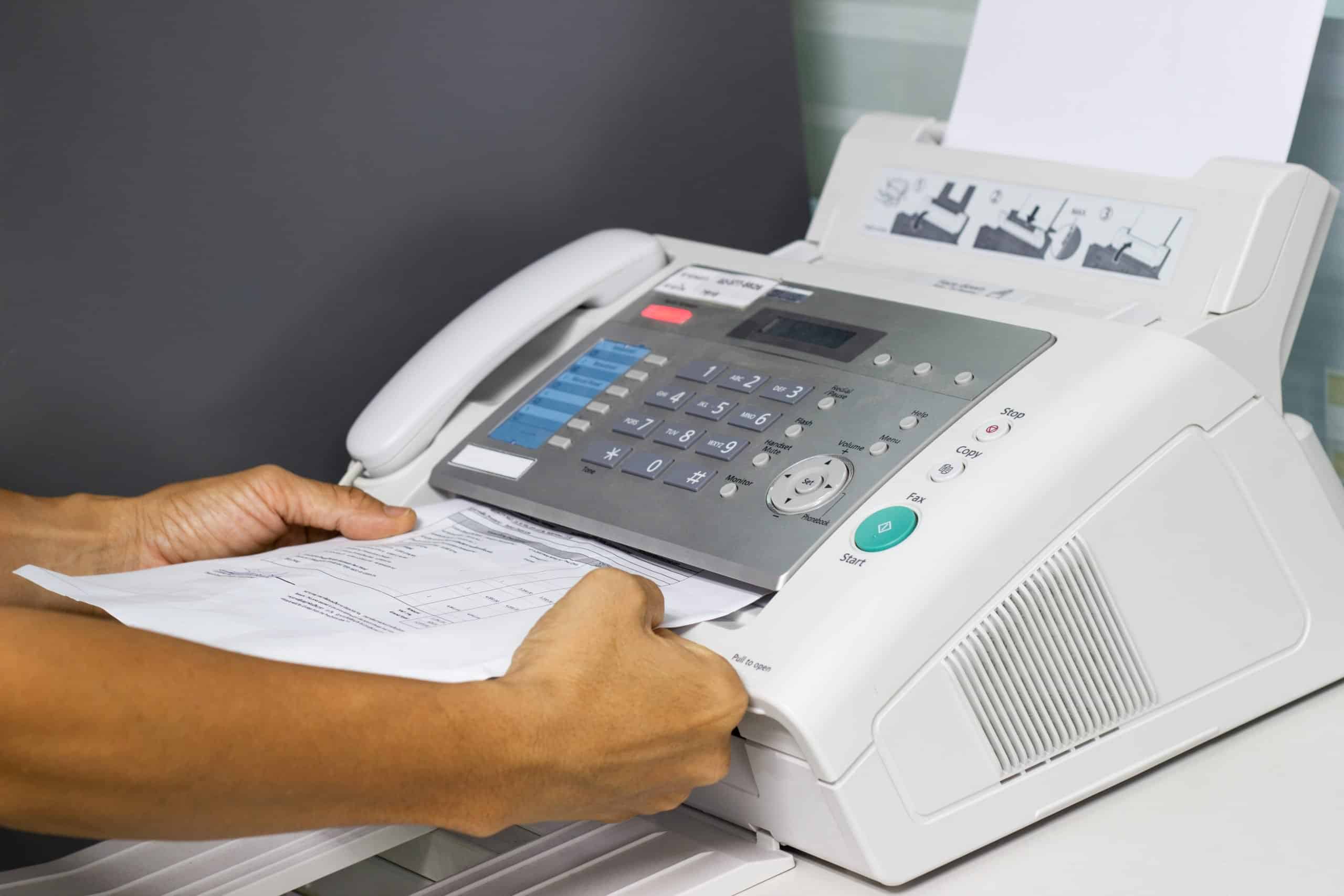
While it’s true that there are still some businesses and corporations that rely on fax machines, this outdated piece of technology has been phased out for the most part. Fax machines work by reading text on a sheet of paper and converting it into a sequence of audio tones.
From there, another fax machine can transmit the tones to receive a message to be converted into text. Fax machines can successfully send messages back-and-forth. As of now, people simply exchange emails or text messages when they need to send detailed information to someone else.
Sharpening standard pencils
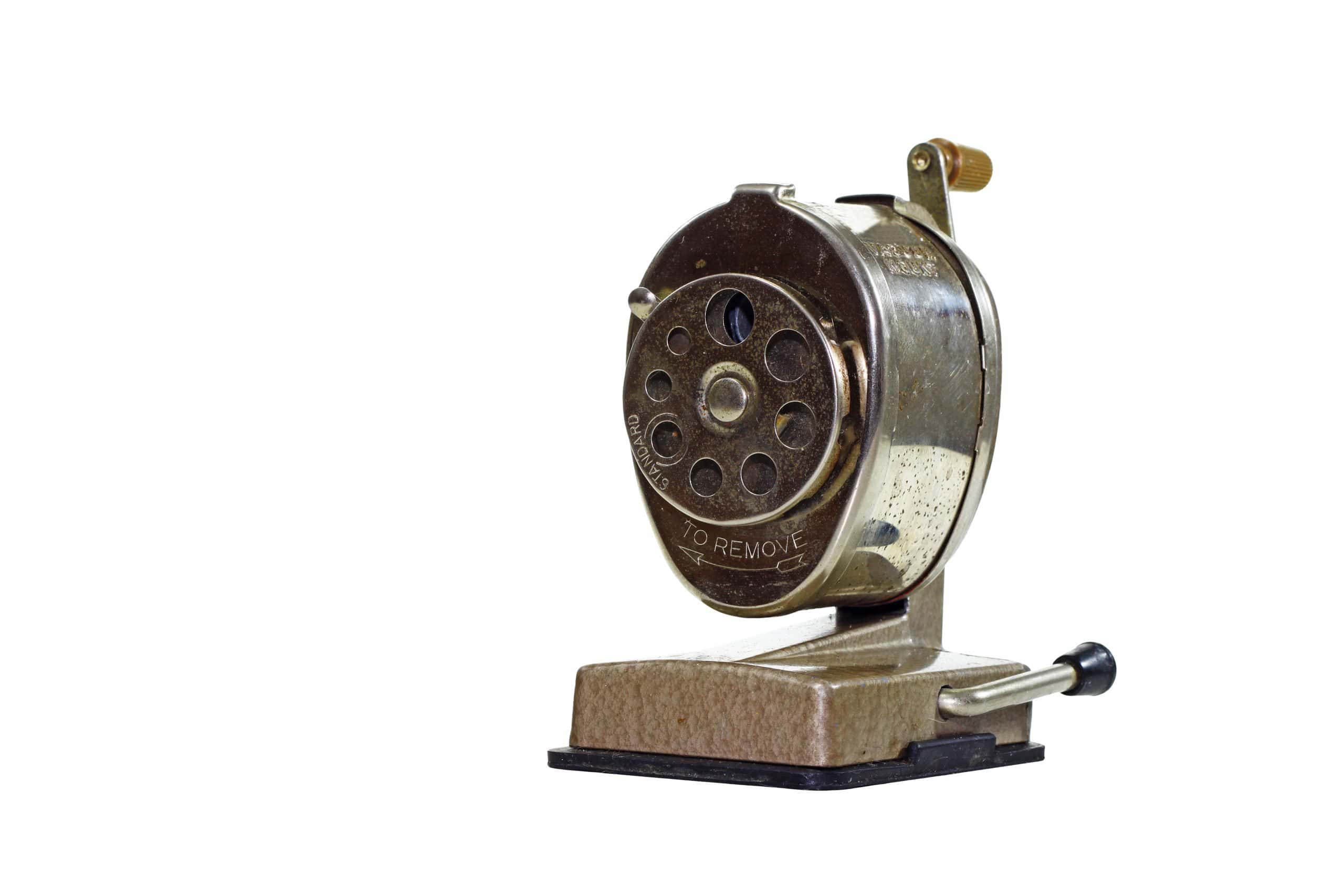
Standard pencils had to be manually sharpened in sharpeners made of metal back in the day. People were forced to stick their standard pencils into the correct sized hole before turning the crank a few times. They turned the crank until the lead of the pencil was chiseled to perfection.
These days, sharpening standard pencils in an old-fashioned metal sharpener is super uncommon. That’s because most people use mechanical pencils when writing things out on paper. If people aren’t using mechanical pencils to physically write words out, they’re probably taking notes on electronic devices like phones, iPads, or laptops.
Writing in cursive

Cursive penmanship rose in popularity in the 1700s. If you knew how to glide your pen across a sheet of paper without lifting it for a moment, it was considered an impressive feat. Beautiful penmanship in the form of cursive writing was thought of as a top-notch status symbol in society back in the day.
Even after the development of typewriters in the 1800s, cursive writing was still highly revered and respected. These days, elementary school kids aren’t taught how to write in cursive at all. Lessons on cursive have been completely removed from modern classrooms. If parents want their kids to learn cursive penmanship as a skill, they’ll have to teach it at home.
Using card catalogs

Card catalogs were important for librarians and library visitors back in the day. If you needed to borrow a book for any reason at all, you had to be familiar with card catalogs since they were how libraries worked with patrons and kept inventory. Without card catalogs, it was impossible for librarians to track down books with the right authors and titles coming from the correct genres. So, what exactly is a card catalog anyway?
It was a physical collection of paper cards that were properly indexed and alphabetized. These days, libraries have been fully digitized. There’s no need to rely on card catalogs anymore at this point. If you head down to a library to check out a book, you’ll need a scannable library card to do so. Plenty of people have abandoned libraries altogether now that facts can be Google-searched in an instant.
Rewinding cassettes or VHS tapes
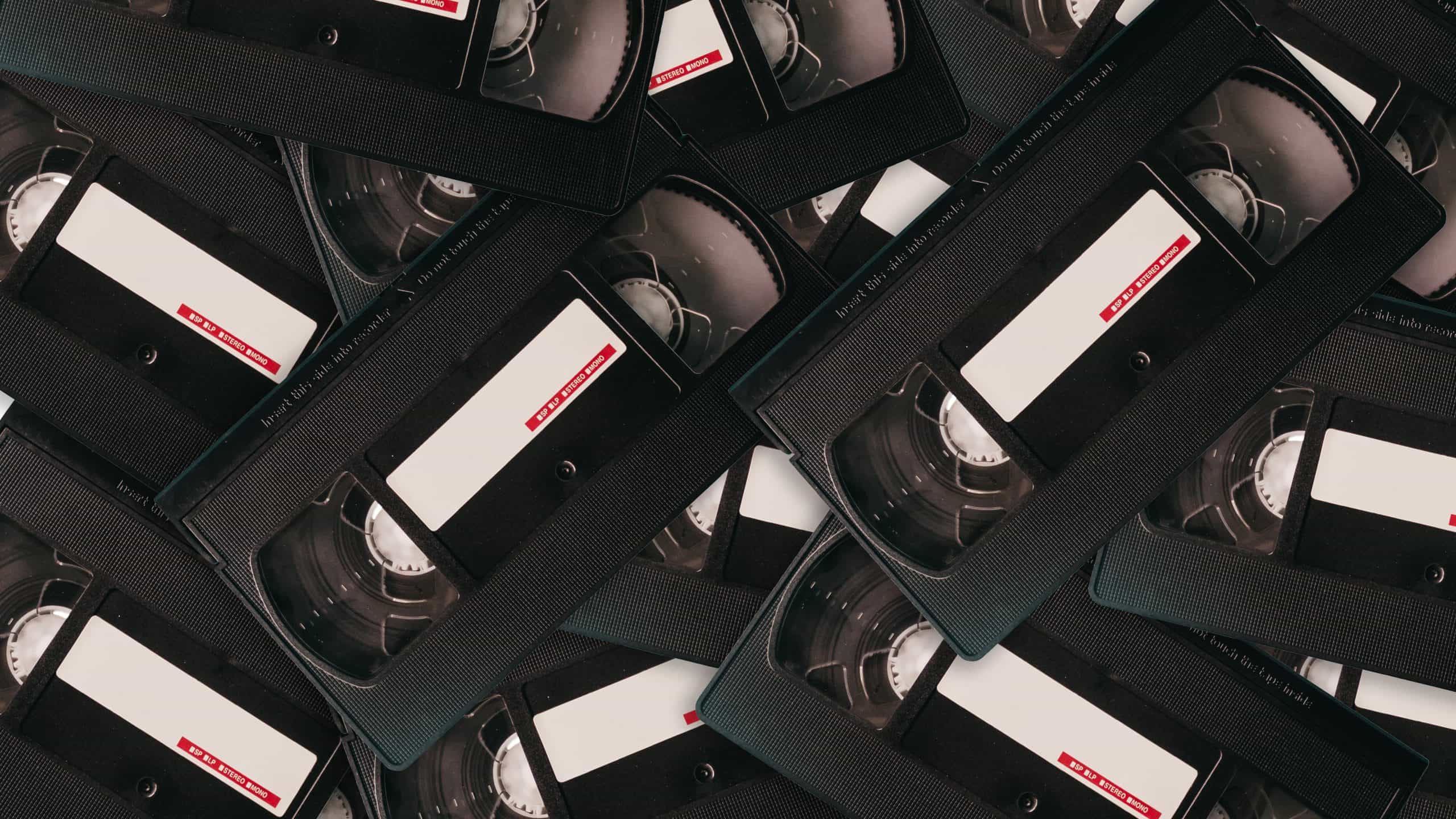
Listening to cassettes and watching VHS tapes was the norm before the world became so highly digitized. Back then, the rewinding process was crucial. If you rented a cassette or VHS tape that needed to be returned eventually, it was your job to rewind those items to avoid an unwanted fee. If you owned cassettes and VHS tapes, it was in your best interest to rewind them before storing them away.
That way, you’d prevent the annoying reality of restarting a cassette or VHS tape that was already rolling out its ending moments. As of today, people can listen to music using apps like Spotify, Apple Music, or Pandora. Folks can watch their favorite movies and TV shows on streaming platforms like Netflix, Max, or Hulu. No one is worried about figuring out how to rewind outdated cassettes or VHS tapes anymore.
Typing on a typewriter

Portrait of bearded literature author in glasses typing on vintage typewriter. Creative people concept
Portrait of bearded literature author in glasses typing on vintage typewriter. Creative people concept
Typewriters were considered groundbreaking and fabulous when they first came to be in the 1800s. Now that people have access to computers and laptops for the purpose of writing, typewriters are no longer necessary. Once upon a time, it was vital to know how to use typewriters to write serious articles, essays, news reports, medical theories, and more.
Typewriter users educated themselves on removing and replacing ribbon stool whenever the ink would run low. Typewriter users had to be overly careful regarding any possible mistakes since typewriters weren’t built with “delete” buttons. These days, people can type whatever they want on laptops and computers without worrying about minor mistakes. The “undo” button has changed the game.
Using pay phones

People simply don’t use pay phones anymore. During the 19th century, pay phones came in handy for members of the general public as coin-operated telephones people used to get in contact with their friends, family, and loved ones. They were located in high-traffic areas where people would dine at restaurants or enjoy retail therapy.
These days, most people have cell phones at their disposal. Due to that fact, pay phones don’t take up space in society anymore. In 2012, Maroon 5 released a song called “Payphone” as part of their “Overexposed” album. The song reminded older generations of what the use of pay phones was once like. The song also educated younger generations on what pay phones were in the first place.
Adjusting “Rabbit Ear” TV antennas

Old-school televisions with TV antennas, also known as “rabbit ears,” were sold to the masses from the 1950s until around 2007. In the 1950s, this TV model was considered groundbreaking and incredible. By the time the 2000s rolled around, consumers started calling out just how annoying the TV style actually was.
Back then, people who owned TVs with antennas had to figure out how to properly adjust them to watch their favorite programs with clear reception. If the antennas weren’t adjusted to perfection, families would miss shows that couldn’t be paused or rewinded. As of now, people can purchase TVs from LG, Samsung, and other brands that automatically offer crystal clear viewing on large screens with smart remotes.
Dialing rotary phones
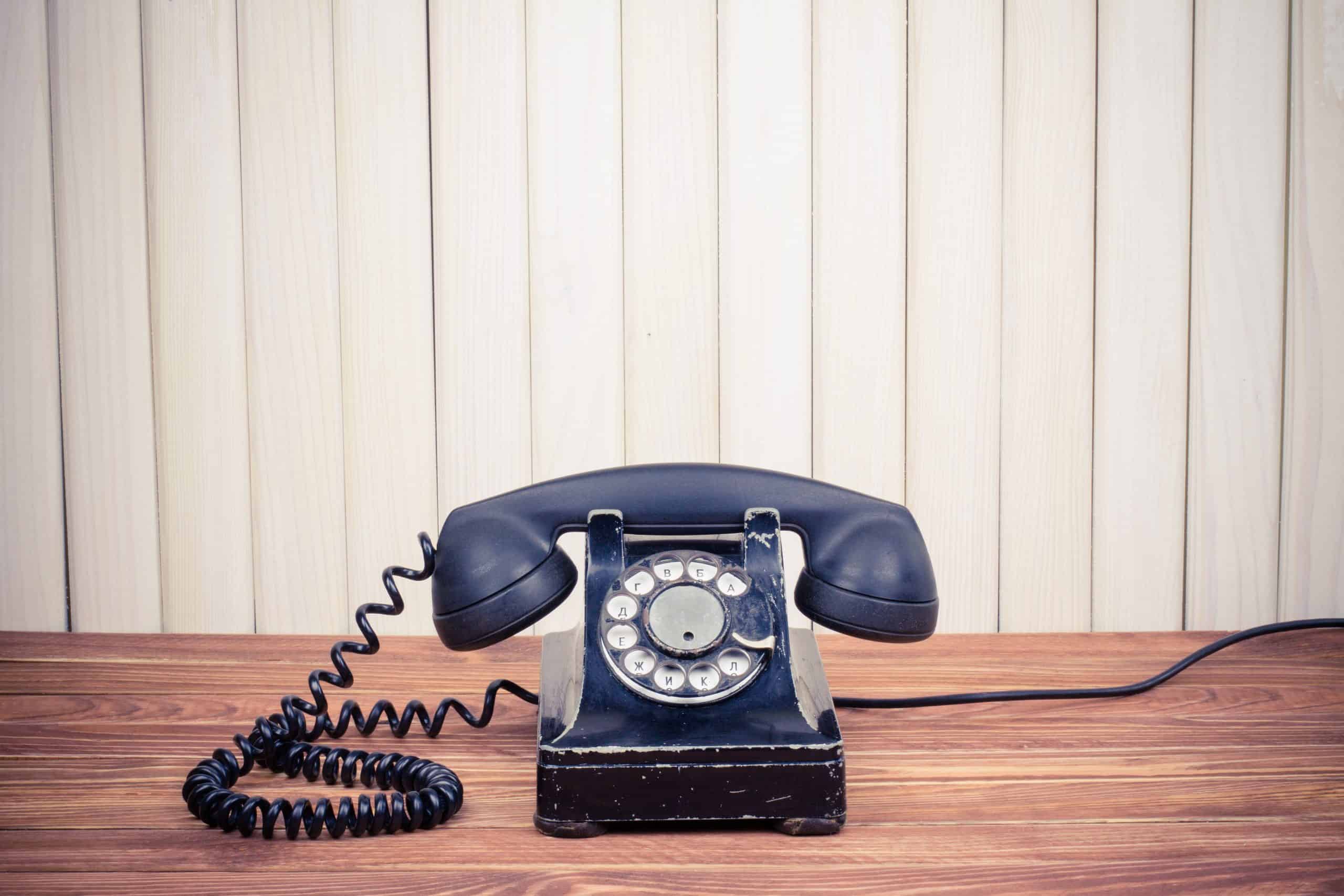
There’s truly no reason to learn how to dial a rotary phone in this modern era. Most people have smart phones at their disposal nowadays. In fact, most people no longer have house phones since they seem to be more of a financial burden than anything else. People are constantly on the go heading to work, school, and other obligations. That said, the easiest way to keep up with people is by calling them on their cell phones.
Rotary phones have to stay in one place, which means you can only contact the owner when they’re hanging out at home. Dialing a rotary phone required people to pause on each number at a slow pace while allowing the rotary spinner to land in its resting position between each one. On the topic of outdated phones, click hard to read up on cell phones and smart phones that no longer exist.
